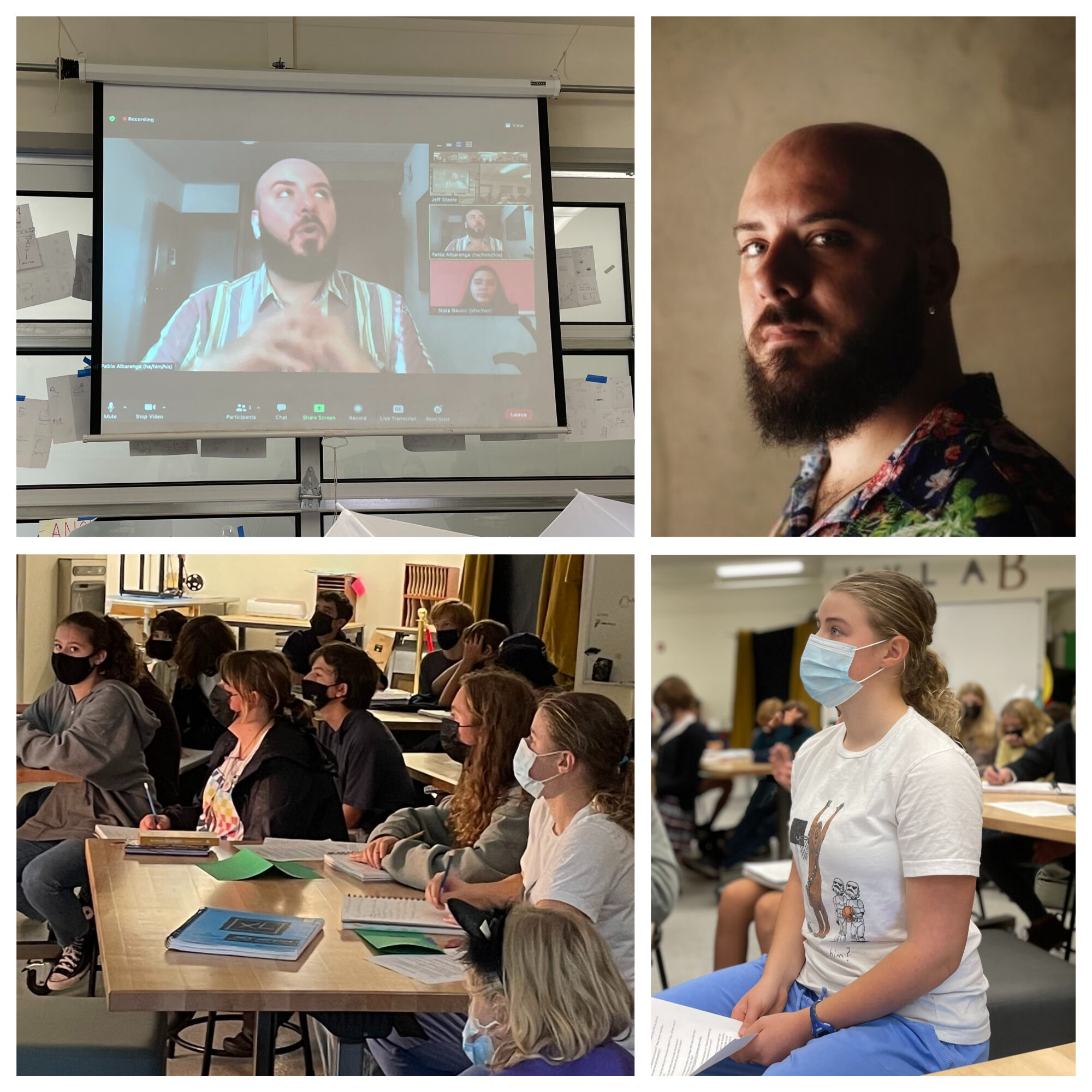Hyla Stories
Cities as Solutions: A Global Health Perspective

8th Grade HyLab:
“What would our cities look like if human health and well-being were at the very center of all decisions about how we live together?” This question launched the 8th grade HyLab unit on Global Health that culminates in the Future City Expo. As students worked in teams to design a city centered on specific health priorities, they worked their way through mini-projects that require them to seek input from peers, refine their own thinking, articulate their design rationale, and even persuade others – through collaborative group work, discussion, video proposals, posters, written assignments, maps, and systems diagrams.
Having selected a specific region in the world for their city, students integrated local climate details and natural resources into their designs, working within the limitations and possibilities of both resource availability and scarcity. “One of the things this unit reveals as we look inside a future city through the idea of global health, is this question: what perspectives get into the thinking pot on what a city should be like and feel like? And that,” Jeff explains, “allows us to then ask, what voices get left out?”
Encouraging students to consider human voices as resources, Jeff invited award-winning photojournalist, Pablo Albarenga to class (via Zoom) to be interviewed by students. For many years Jeff has maintained a relationship with the Pulitzer Center, which raises awareness of underreported global issues through direct support of journalists, many of whom have visited Hyla over the years. Pablo has been a multiple beneficiary of the Pulitzer Center and was selected by the Sony World Photography Award as the 2020 Photographer of the Year for his series, Seeds of Resistance, a body of work that unites portraits of Amazon activists with images of the very lands they fight to protect. To prepare to interview their accomplished guest, students did research and read Pablo’s articles to generate a set of informed questions about his work and invite his advice about their city design work.
Pablo’s work urges people to “look beyond the trees, the oxygen and the ‘undiscovered’ species of the rainforest,” to look beyond traditional definitions of “resources.” His work does this by highlighting “the people who are still fighting not only for their future but for everyone’s.” As students debriefed what they learned from him, they began to connect his work to their own city designs. Just as they had considered water and wind as valuable local resources, the session with Pablo introduced human experience and indigenous voices as other valuable resources to incorporate.
Students are now building prototypes of their cities and will invite 6th and 7th graders to tour the Future Cities Expo. As younger students see solutions in city planning (like a city that prioritizes human health and floats on the very water its systems work to clean), they also begin to imagine what cities they will create as 8th graders themselves, and even the cities they will inhabit one day.

